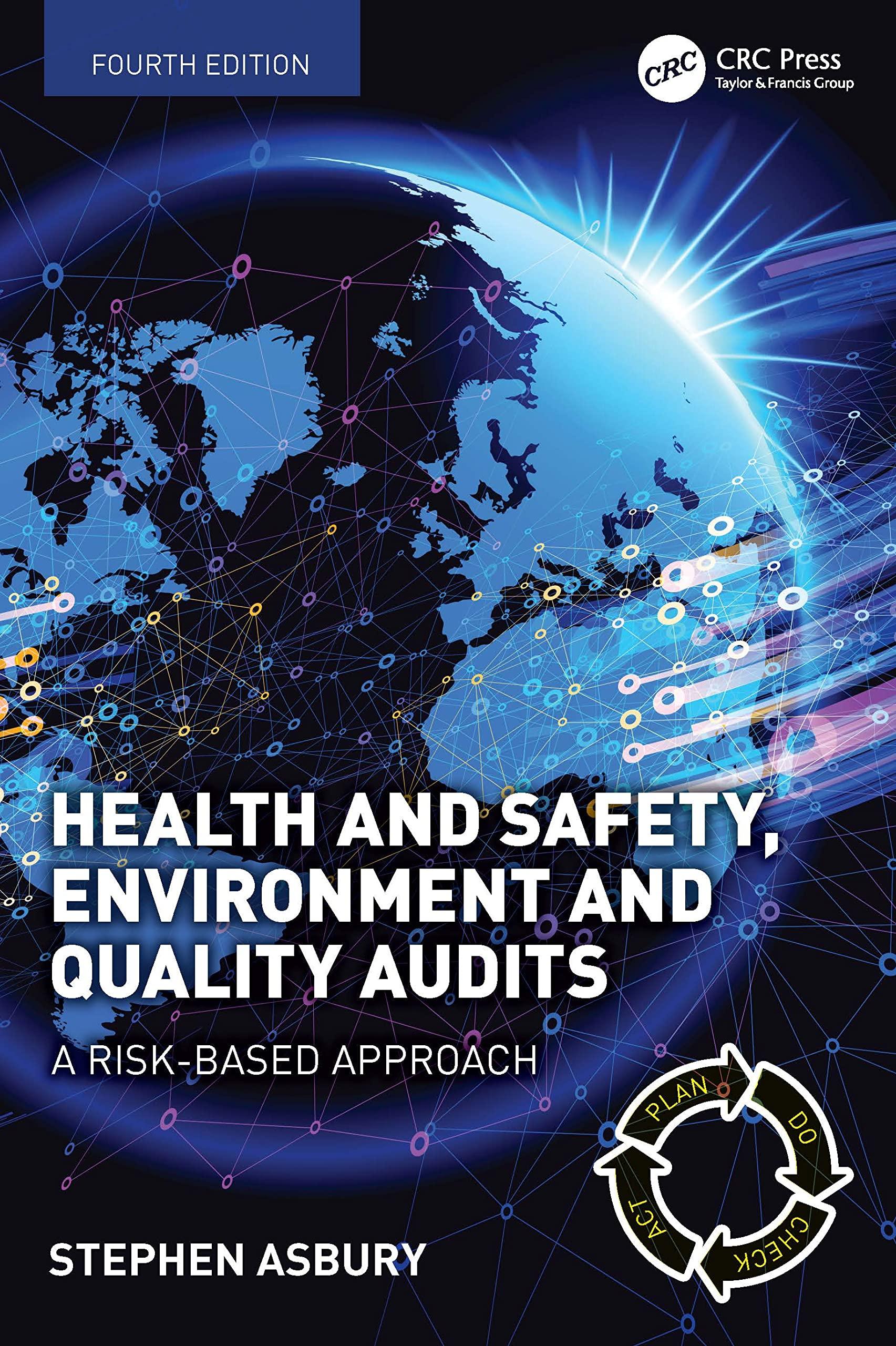What's the current situation? According to the California Department of Forestry and Fire Protection, in the past two years, California has experienced the deadliest and most destructive wildfires in its history. In 2017, wildfires ravaged more than 1.5 million acres, killing 44 people and burning more than 11,000 structures. Last year more than 1.6 million acres were burned, over 23,000 structures were damaged or destroyed, and approximately 93 people were killed, resulting in total estimated damages of $400 billion to the state. This year the state has been damaged by raging infernos again, causing substantial losses for residents, businesses, and government agencies. Among the buildings decimated by the fires was the City Hall of Santa Rosa, which housed all the municipal offices. The mayor, Daniela Lopez, would like to start rebuilding the City Hall as soon as possible. She hopes that this will encourage residents and urge other businesses in the commercial center to do the same. One of her top priorities is to ensure that the new building is able to withstand the devastation of future fires. The city engineer, Ken Thornton, has informed her that a new type of fire-resistant construction material, capable of standing up to temperatures exceeding 2370 F, has recently been developed. The material provides a buffer against fire damage, allowing more time for evacuation. Made up of phenol-formaldehyde-resin and silica, the composite is highly porous and has low heat conductivity, making it better able to resist fire than existing construction materials. Various public and private sector entities are strongly supportive of the use of this material in building construction. Insurance companies, for example, are offering significant discounts on fire insurance premiums and have expressed their willingness to provide insurance coverage in previously shunned high-risk areas such as Santa Rosa, California. Another example would be California's state government, who are offering attractive incentive programs to encourage adoption of this material in residential, commercial, and public serving building projects. Despite these compelling advantages, there still appears to be some hesitancy in the adoption of the product. Mr. Thornton suggested a few potential reasons for this. First, highly specialized skills are needed to ensure that the material is correctly installed. Next, buildings utilizing this material generate higher design costs. Finally, longer installation times are required than would be the case if regular building materials were utilized. Mayor Lopez would like to present the building plans for the new City Hall to the city councilors for approval at the next meeting. She will propose that the entire construction be undertaken with the new fire-resistant material. Figure 1 below identifies the amount of fire-resistant construction material cach area of the new building would require. Figure 1. Schematic of New City Hall (Nor drawn to scale) Hall of Honor Municipal Offices Mayor's Office 2300 square feet Mayor's Conference Room 1870 square feet Council Chambers 2300 square feet Main Conference Room 4125 square feet 4125 square feet 5230 square feet Regrettably, the fire-resistant construction material is not available for sale in the U.S. and is currently only produced in China and Australia. The cost per square foot of the material is 1,405 CNY (Chinese Yuan) and 404 AUD (Australian Dollars), respectively. Importing the product into the United States will require that adequate provisions be made for any applicable duties, taxes and fees, as well as additional logistics costs, which are all typically borne by the importer. West Coast Logistics, a global freight forwarding company that specializes in assisting organizations import goods into the U.S., provides the following information on their website: Table 1. Costs to Import Goods into the U.S. Description Loading charges in port of export Unloading charges in port of import Shipping Cargo insurance Excise duties Freight forwarding costs from port to door Import tariffs levied on goods imported into the U.S. Estimated Cost (Percentage of Total Cost of Product Imported) 10% 12% 25% 8% 13% 10% Varies by country Table 2. Import Tariffs Levied on Goods Imported into the U.S. Country Australia Bolivia Belgium China Columbia Import Tariff (Percentage of Total Cost of Product Imported) 12% 6% 5% 25% 7% Who are you? You are the City Manager of Santa Rosa, CA. What are you required to do? Mayor Lopez has requested that you provide a recommendation, via email, on which country to import the fire-resistant construction material from. She has heard through the grapevine that some councilors are planning to vote against her proposal to construct the entire building with the new fire-resistant material. In light of this, she wants your recommendation to include a balanced assessment of the benefits and drawbacks of utilizing this material. What are you required to do? Mayor Lopez has requested that you provide a recommendation, via email, on which country to import the fire-resistant construction material from. She has heard through the grapevine that some councilors are planning to vote against her proposal to construct the entire building with the new fire-resistant material. In light of this, she wants your recommendation to include a balanced assessment of the benefits and drawbacks of utilizing this material. Additional Information Grading Rubric Currency Exchange Rates A suitable subject line 2 1 U.S. Dollar=7.03 CNY An appropriate bottom line 2 1 U.S. Dollar = 1.47 AUD A list of supporting qualitative data in parallel form 4 An appropriate visual representation of comparative 5 quantitative data A call to action 1 Introduction to data 2 Suitable wrap-up statement 1 Overall organization, form, and grammar 3 TOTAL POINTS 20










